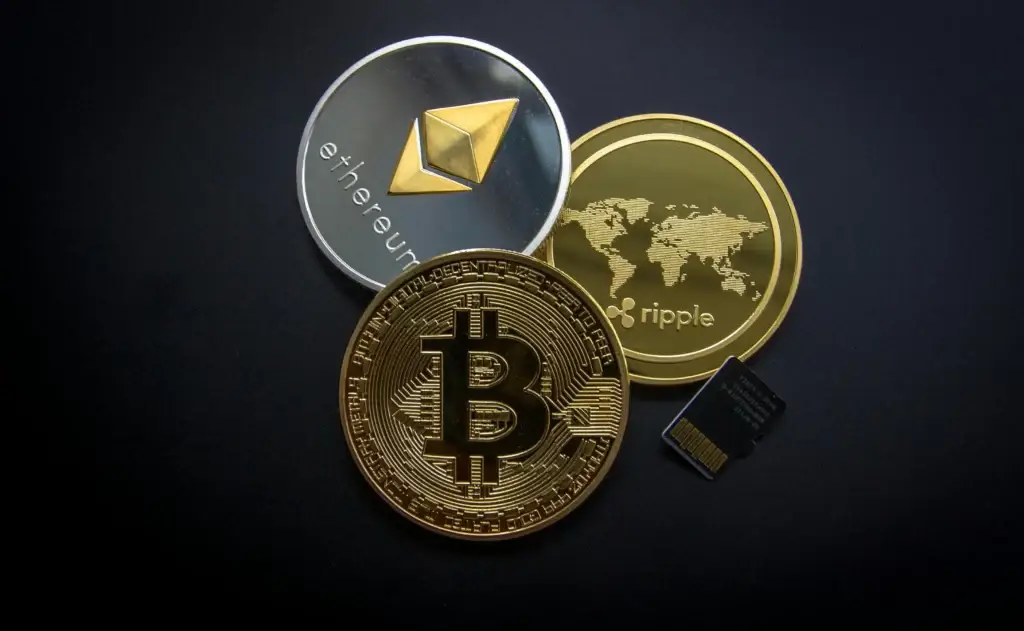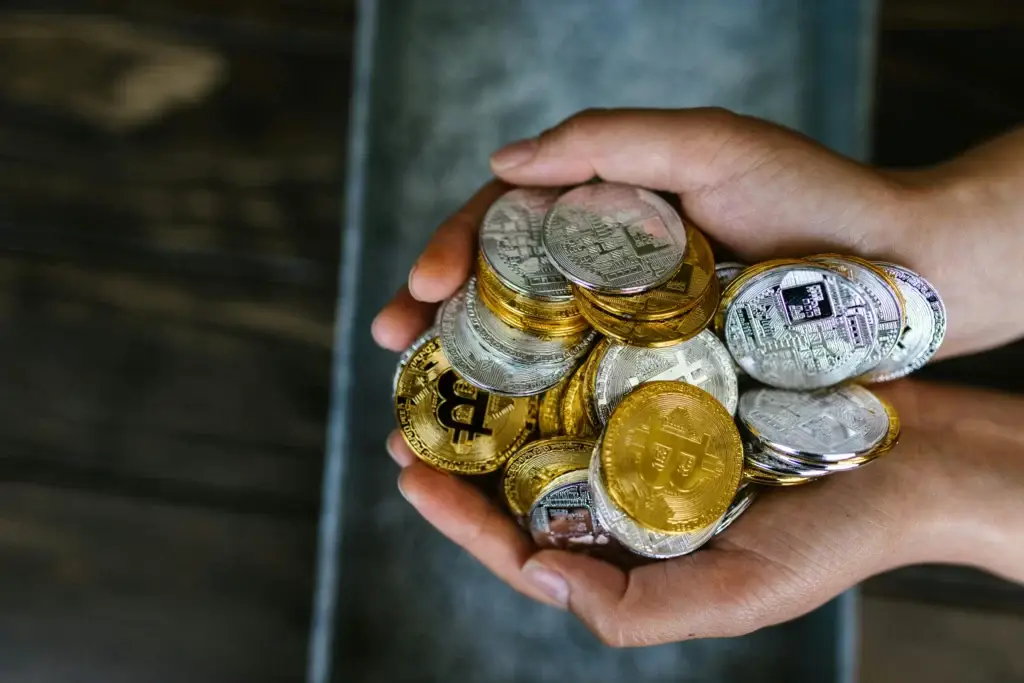Crypto is a revolution in the world of finance, allowing us to dispense with the usual intermediaries in the form of banks. Imagine a system in which everyone trusts everyone else without the need for centralised control. This concept of decentralised trust is the basis of how cryptocurrencies work. The relevance of digital currencies goes beyond the interests of narrow groups of investors, affecting the future of the global economy.
What is cryptocurrency and how does it work: explained in simple words?
Cryptocurrency is a digital currency created based on blockchain technology. How does cryptocurrency work? The simplest way is to compare it to a global ledger where every member of the network confirms every entry. Imagine millions of people simultaneously monitoring transactions and agreeing that they are correct, eliminating the possibility of fraud. Thanks to blockchain technology, all transactions are transparent and protected from tampering. This decentralised nature makes cryptocurrency independent of banks or governments, which is its main advantage.

The main characteristics of cryptocurrency are:
- Decentralisation – there is no central controlling authority.
- Anonymity – there is no need to provide personal information.
- Security – use of cryptographic methods to protect data.
How to buy cryptocurrencies and where to store them
The process of buying cryptocurrencies starts with choosing a suitable exchange or P2P platform where fiat money can be exchanged for digital assets. If it is clear how cryptocurrency works, it is time to take the next step: creating a cryptocurrency wallet to store it. There are ‘hot’ and ‘cold’ wallets. Hot wallets provide quick access to funds via the Internet, while “cold” wallets are offline storage devices that provide maximum security. It is important to choose the right storage location to avoid the risks of losing funds.
Stages of purchase:
- Registration on a cryptocurrency exchange.
- Identity verification.
- Replenishing the account with fiat money.
- Purchase of cryptocurrencies.
- Transfer of coins to a cryptocurrency wallet for storage.
How cryptocurrency mining works
 Mining is the process of creating new currencies using computing power. The idea is that a computer solves complex mathematical problems, and the first person to get it right is rewarded with digital assets.
Mining is the process of creating new currencies using computing power. The idea is that a computer solves complex mathematical problems, and the first person to get it right is rewarded with digital assets.
To understand how cryptocurrency works in terms of mining, imagine thousands of people competing to solve a single puzzle, and only the winner is rewarded. The process requires specialised equipment and a significant expenditure of electricity, making mining a costly but potentially lucrative endeavour.
The basic elements of mining:
- Hardware: ASICS or powerful video cards.
- Software: special software for mining.
- Electricity: one of the main expenses of a miner.
Cryptocurrency investments: risks and prospects
Cryptocurrency investments are attracting more and more people because of the potential profits. However, high profits always come with risks. The major cryptocurrencies Bitcoin and altcoins show significant volatility, which makes them unpredictable for investors.
Comparing them to traditional assets has to do with how cryptocurrency works in terms of investment: very different from them. Its high risks and potential returns make it an interesting tool, but not for everyone. For those willing to take risks, cryptocurrency can be a great addition to an investment portfolio.
Advantages:
- High potential return.
- Accessibility for all, regardless of initial capital.
- Decentralised nature.
Disadvantages:
- High volatility.
- Risk of loss of funds due to cyber-attacks.
- Regulatory uncertainty.
How to make money with cryptocurrencies without investment
These earnings are possible through participation in rewards programmes, as well as by trying decentralised applications. These methods do not promise instant enrichment, but they provide a real opportunity to start interacting with crypto without serious expenses. Understanding how cryptocurrency works helps to evaluate possible ways to make money and avoid disappointment.
The main ways to earn money without investment
- Participation in rewards programmes.
- Freelance work in exchange for payment in cryptocurrency.
- Testing decentralised applications.
The future of cryptocurrencies: trends and possible changes
The cryptocurrency market is developing rapidly and many countries are looking for ways to regulate it. For example, in Russia, cryptocurrency has become the subject of debate and possible legislative regulation. Still, the future of digital assets remains uncertain: some countries aim to fully integrate them, while others try to limit their use. However, the functioning of cryptocurrency and its decentralised nature are attracting increasing attention, which could lead to its recognition as an official means of payment.
Major trends in cryptocurrency development:
- Increasing regulation in different countries.
- Introduction of blockchain technology in government systems.
- Development of new types of cryptocurrencies focused on solving environmental and social problems.
Conclusion
 How cryptocurrency works is a question that continues to interest many. Cryptocurrency is a new financial instrument that can offer interesting opportunities for those willing to delve deeper into how it works. Before buying or mining, it is important to understand the mechanisms and recognise the risks in order to make the most of its advantages. Therefore, we recommend studying the subject as thoroughly as possible: over time, you will become an expert in the field and will be able to make informed decisions.
How cryptocurrency works is a question that continues to interest many. Cryptocurrency is a new financial instrument that can offer interesting opportunities for those willing to delve deeper into how it works. Before buying or mining, it is important to understand the mechanisms and recognise the risks in order to make the most of its advantages. Therefore, we recommend studying the subject as thoroughly as possible: over time, you will become an expert in the field and will be able to make informed decisions.

 en
en  ru
ru  de
de  ar
ar  es
es  hi
hi  fr
fr  nl
nl  it
it  pt
pt  el
el 










